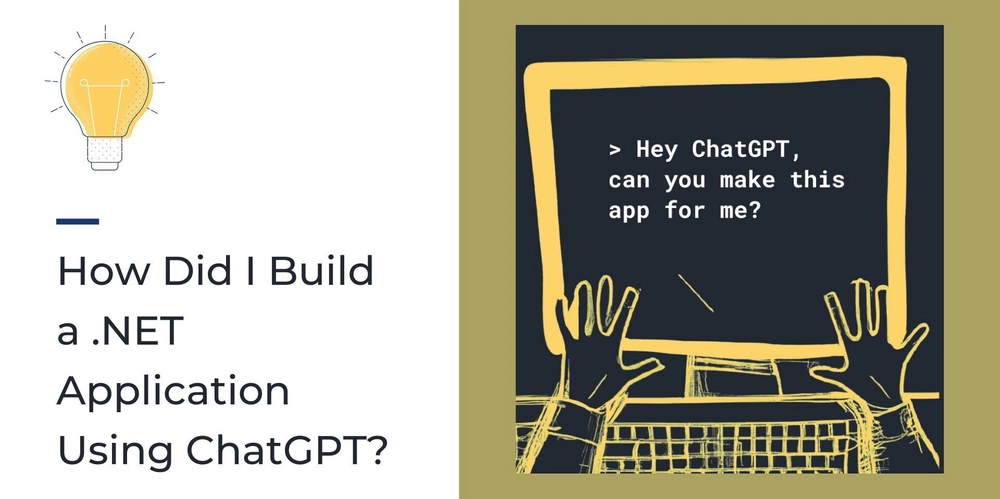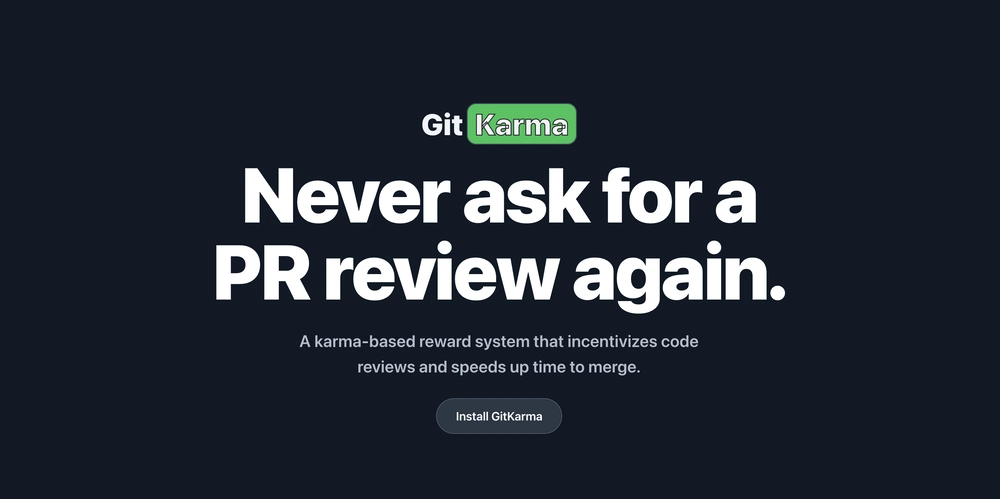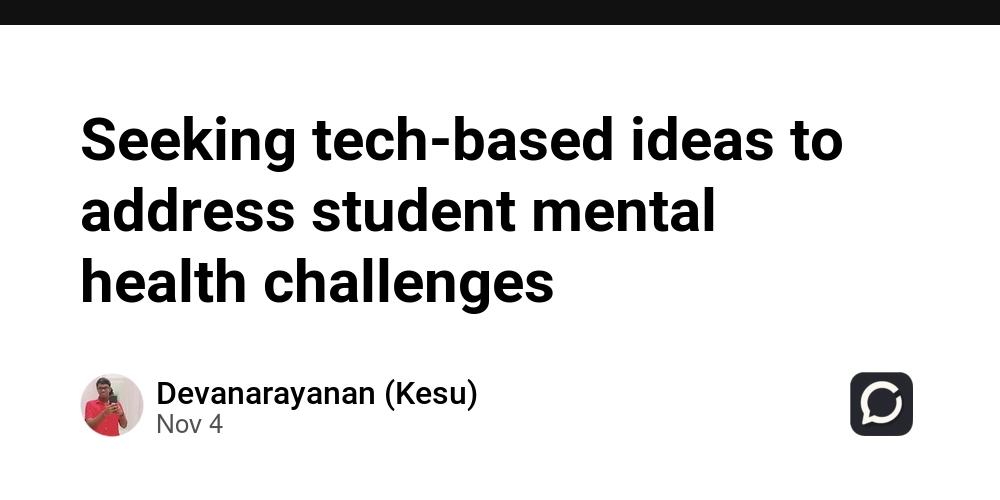Most of my time during the week goes into discussions about architecture, delivery timelines, and helping teams solve technical challenges. Rarely do I get a chance to sit down and build something myself. But I’ve always believed that staying hands-on keeps your perspective sharp.
Just some weeks ago, I decided to experiment with something different. I wanted to see what would happen if I tried to build a .NET application using ChatGPT as a coding companion. There was no plan to automate my work or test its intelligence. I just wanted to see what kind of help it could actually provide to a developer who knows what they are doing.
Why I Decided to Try ChatGPT for Coding
The idea was simple. I wanted a small internal web application to track engineering projects and tasks. Normally, I’d start by sketching the design, setting up the folders, and slowly structuring the application. This time, I opened ChatGPT and asked it a single question:
“I want to build a .NET 8 web app that manages projects and tasks. What’s a good architecture to start with?”
In a few seconds, it suggested using ASP.NET Core Web API for the backend, Entity Framework Core for data, and Blazor for the front end. It even explained how to separate the layers and organize the solution.
I already knew most of this, but I was surprised by how quickly it provided an overview to get started. It wasn’t creative, but it was fast and clear. That’s when I realized this tool could be useful for working on existing ideas too rather than just discovering new ones.
Setting Up the Foundation with ChatGPT
I asked it to share the basic commands to set up the project. It gave me the exact .NET CLI steps to create the solution and projects. I copied only what I needed and got the base structure ready in minutes.
Usually, I’d check documentation or old notes for this part, but with ChatGPT, it felt like having someone remind you of every command instantly. It removed small moments of friction that usually slow you down at the start of a project.
How ChatGPT Helped Me Build a .NET Application
Next came the data model. I told ChatGPT that I needed entities for projects, tasks, and team members. It suggested simple class examples, explained relationships, and even mentioned how to use navigation properties in Entity Framework.
The code wasn’t perfect, but it gave me something to refine instead of starting from zero. That alone saved time. I adjusted the properties, added validation, and reorganized the relationships to fit my needs.
When I asked how to wire it all together in DbContext, it gave a straightforward example and explained what each line did. It was not anything like coming from a senior engineer, but it was accurate enough to move forward.
Debugging Along the Way
The real test came when I started running migrations. That’s usually where small mistakes appear. I hit a few errors related to foreign keys and entity configurations. I pasted the errors into ChatGPT and asked what was wrong.
Instead of just fixing it, it explained the reasoning behind the error. It told me why certain relationships were invalid and how to correct them. It wasn’t always right the first time, but it helped me think through the problem more quickly.
I realized that ChatGPT was most useful when I treated it like a patient code reviewer rather than a code generator. It explained concepts and helped me understand what I missed.
A Simple Front End
I wanted a minimal interface to display the data. I told ChatGPT to help me build a small Blazor page to list projects and add new ones. It generated a short example that worked almost immediately. Then I asked how to make it look cleaner, and it suggested using Bootstrap.
I followed the idea, added a few tweaks, and within an hour, I had a simple UI that did the job. It wasn’t perfect, but it was done quickly without the usual back-and-forth of searching documentation.
From Code to Documentation in Minutes
When the application started working smoothly, I asked ChatGPT to help me write documentation. It generated a well-structured README with setup steps, project overview, and environment details. I edited it in my own style, but it saved me time in creating the first version.
It also reminded me to integrate Swagger for API documentation. It shared the exact setup for AddSwaggerGen and UseSwaggerUI, which worked right away. That’s when I started to appreciate how much smoother it felt to build a .NET application using ChatGPT compared to the usual solo process.
What I Learned from the Experience
This small experiment gave me an honest look at where AI tools stand today in software development. ChatGPT can save time during setup, remind you of forgotten details, and help you debug more efficiently. It’s good at explaining things and keeping you in flow when you might otherwise stop to search.
But it doesn’t make decisions for you. It doesn’t understand trade-offs, business logic, or design intent. You still need to know what to ask, how to interpret the answers, and when to ignore them.
For me, it was less about how smart the tool was and more about how it changed the rhythm of my work. It made coding feel more conversational.
The Bigger Picture
After trying this out, I started encouraging my teams to use AI tools not to code for them, but to support their workflow. They can brainstorm, debug, and learn faster when they know how to use it wisely.
I see these AI solutions like ChatGPT as an assistant that helps developers stay focused on logic, structure, and problem-solving while handling the smaller, mechanical parts of the job.
At Bacancy, we have the resources who already use AI tools responsibly to speed up development, improve accuracy, and deliver results faster. If you are planning to build a .NET application using ChatGPT or exploring how AI can support your next project, hire .NET developers from us who understand both the fundamentals of development and how to use AI effectively.



